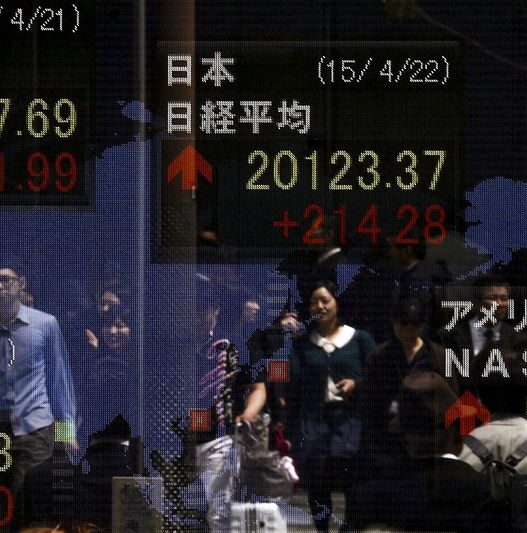By Annakor Pandurgi
SENGAFAR (Reuters) – The dollar was established on Monday, when traders thought about the repercussions of tariff plans for US President Donald Trump at the beginning of the week, as it is widely expected to maintain the federal reserve of fixed interest rates.
The dollar recorded its weakest week since November 2023 last week on the deviation of fears of definitions from the Trump administration, but those concerns returned to appearing after he said that he would impose comprehensive measures on Colombia.
Revenge movements, including definitions and sanctions, come after the state in South America brought out two American military planes where migrants were deported as part of the immigration campaign in the new American administration.
This led to the Mexican Bezo, a scale of tariffs, sliding 0.8 % to 20.426 per dollar in early trade. The Canadian dollar was slightly weaker at $ 1.43715.
The euro was 0.14 % less at $ 1.0474 before the European Central Bank policy meeting this week, as the central bank is expected to reduce borrowing costs. The British pound brought the last $ 1.24615.
It was left, which measures the American currency against six units, at 107.6, is still close to the lowest level last week.
Focus will be the investor this week on central banks and how the policymakers are likely to interact after Trump said he wants to reduce the federal reserve interest rates.
The Federal Reserve is expected to maintain the non -change of prices when it concludes its two -day meeting on Wednesday, although investors will monitor any evidence that there is a decrease in prices in March if inflation continues to decline more than the annual goal of the US Central Bank by 2 %.
The data showed on Friday that the American commercial activity slowed down to the lowest level in the ninth month in January amid increasing prices, while current homes in the United States increased to the highest level in 10 months in December.
“Optimism has increased around the growth of growth of growth in the first America, and inflationary pressures have intensified to the highest level in four months, and companies have been in charge of the fastest pace since 2022,” said Kyle Chapman, a market analyst at Palinger.
“This image suggests the heating market, and strongly supported an extended pause at the Federal Reserve.”
In other currencies, the Australian dollar and New Zealand were slightly lower, but remained closer to the highest levels that were touched last week. Australian markets are closed for today.
The Japanese yen has strengthened approximately 0.4 % to 155.41 for the dollar in early trading after the Bank of Japan raised interest rates on Friday to its highest levels since the 2008 global financial crisis and inflation expectations decreased.
The Governor of Boj Kazuo Uda said that the central bank will continue to raise interest rates while expanding the number of interest and prices, but it provided few evidence of the timing and speed of high interest rates in the future.
Mark Daving, the chief investment official of RBC Bluebay Asset Management, said the renewed interest in the story of Japan may provide a catalyst for the yen in the coming weeks.
“The Japanese currency is still seized with less than its value in most evaluation models, and as the difference in interest rates is narrowed, we believe this will help the yen better in 2025.”










